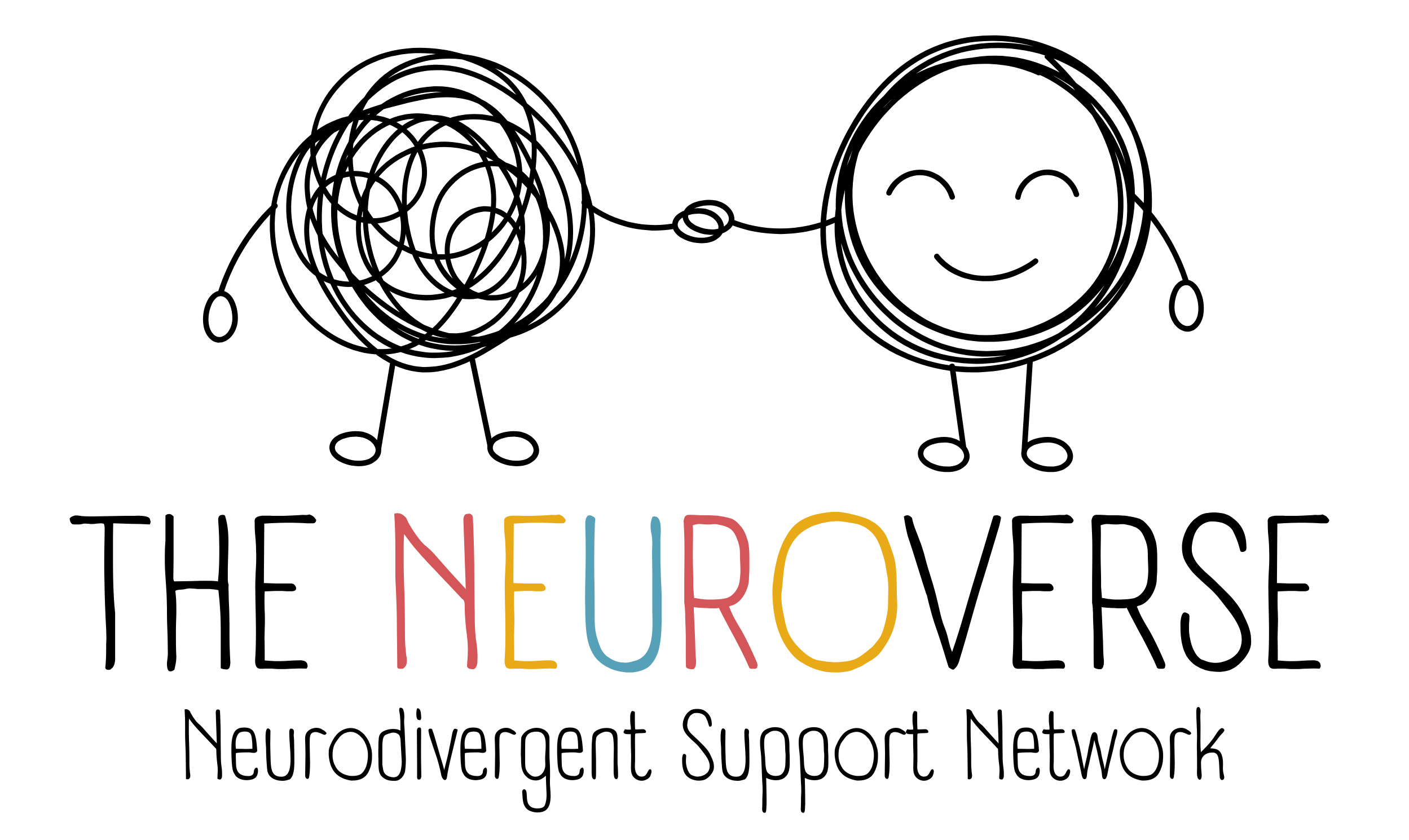Helpful Tools for Sensory Kids and Busy Brains

A Guide to Everyday Supports for Neurodivergent Children
Raising a neurodivergent child often means tuning into a world full of sensory needs, emotional regulation challenges, and attention difficulties. Whether your child is diagnosed with ADHD, autism, sensory processing differences, or struggles with anxiety, there are simple, practical tools that can make daily life smoother – both at home and at school.
Here’s a breakdown of some of the most useful sensory and focus aids for neurodivergent children, what they’re used for, and how they can support your child’s wellbeing.

Visual Timers
What it is: A visual timer shows time passing in a way that your child can see, often using a coloured disc or a digital bar that shrinks as time runs out. There’s no need for your child to be able to tell the time.
Why it helps: Many neurodivergent children struggle with abstract concepts like time. Visual timers help make time tangible, reducing anxiety and supporting smoother transitions between tasks.
Great for: Transitions, emotional regulation, time awareness, independence.

Sensory Stickers (Fidget Stickers)
What it is: Small, discreet stickers made from textured materials like silicone, sandpaper or fabric that can be stuck onto desks, water bottles, or laptops.
Why it helps: These offer a subtle fidgeting outlet for kids who need to keep their hands busy to concentrate or manage anxiety.
Great for: Focus, anxiety, reducing self-injurious behaviours (e.g. skin picking).

Coloured Reading Filters (Overlays)
What it is: Transparent coloured sheets placed over books or worksheets to help with visual stress while reading.
Why it helps: Overlays can reduce glare and make text easier to read, especially for children with dyslexia or Irlen Syndrome.
Great for: Dyslexia, ADHD, visual processing differences, fatigue when reading.

Chewable Pencil Toppers
What it is: Food-grade silicone toppers that fit onto pencils and are safe to chew.
Why it helps: Satisfies oral sensory needs in a safe and socially acceptable way.
Great for: Oral sensory seekers, focus, anxiety, reducing clothing destruction.

Chewable Necklaces
What it is: Food-grade silicone toppers that fit onto pencils and are safe to chew.
Why it helps: Offers constant sensory support for kids who self-soothe through chewing.
Great for: Anxiety, oral sensory needs, ADHD, autism.

Skin Picker Fidget Toys
What it is: Textured toys with pickable surfaces that mimic the sensation of skin picking.
Why it helps: Redirects body-focused behaviours like skin picking or nail biting into a safer outlet.
Great for: Anxiety, BFRBs (Body-Focused Repetitive Behaviour), emotional regulation, stimming.

CALMER® Kids Earplugs by Flare Audio
What it is: Soft silicone earplugs designed not to block sound, but to reduce harsh frequencies that can cause sensory overwhelm.
Why it helps: CALMER® Kids don’t muffle sound like traditional earplugs. Instead, they smooth out disruptive sounds, helping children with auditory sensitivity stay calm and present in noisy environments – perfect for classrooms, assemblies, or busy public places.
Great for: Sound sensitivity, autistic children, anxiety, sensory overwhelm.
Receive an exclusive 5% discount when you use the code: theneuroverse – CLICK HERE

Noise-Cancelling Headphones or Ear Defenders
What it is: Headphones that reduce background noise, supporting kids in managing sensory overload.
Why it helps: Helps children feel safe and regulated in loud environments like school or shopping centres. Can help filter sound when working during class.
Great for: Sensory sensitivity, autistic children, anxiety in crowds.

Weighted Lap Pads, Weighted Toys or Cushions
What it is: Cushions filled with beads or sand that provide calming deep pressure on the lap.
Why it helps: Deep pressure input can ground and calm the nervous system, improving attention and reducing fidgeting.
Great for: ADHD, sensory seekers, anxiety, restlessness.

Visual Schedules and First-Then Boards
What it is: Picture-based routines that help children understand what’s happening next.
Why it helps: Creates structure and predictability, reducing resistance and emotional dysregulation during transitions.
Great for: Autistic kids, ADHD, anxiety, executive functioning support.

Tactile Fidgets (Squishies, Putty, Bead Balls)
What it is: Handheld tools that provide touch input through squeezing or shaping.
Why it helps: Regulates sensory needs and improves focus – great for hands that need to move to stay engaged.
Great for: Sensory seekers, focus, calming, anxiety.

Wobble Cushions (or Wiggle Cushions)
What it is: An inflatable cushion with a slightly unstable surface, placed on a chair to allow gentle movement while sitting.
Why it helps: Lets kids move while staying seated, helping with attention and reducing the urge to get up constantly.
Great for: ADHD, sensory seekers, classroom focus, postural support.

Fidget Spinners
What it is: Handheld toys that spin between the fingers, offering a rhythmic, calming motion.
Why it helps: Spinning can provide repetitive sensory input that helps some children concentrate or self-soothe.
Great for: Focus, anxiety, stimming, breaks between tasks.

Elastic Foot Bands (Chair Bands)
What it is: Stretchy resistance bands that wrap around the front legs of a chair, allowing a child to push and stretch with their feet.
Why it helps: Gives sensory-seeking kids a way to move their legs without disrupting others – ideal for classrooms.
Great for: ADHD, focus, reducing restlessness, classroom success.
Final Thoughts
These tools might look simple, but they can be game-changers for a neurodivergent child trying to manage a world that often feels too loud, too fast, or too unpredictable. Whether your child needs to chew, fidget, wiggle, or block out sound – meeting those needs with the right support helps them feel regulated, confident, and ready to learn or engage.
At The Neuroverse, we’re committed to sharing trusted tools, insights, and support to help you navigate the sensory and emotional world of your child with more ease.
References and Further Reading:
- National Autistic Society. (n.d.). Sensory differences. https://www.autism.org.uk
- Understood.org. (n.d.). Tools and strategies for kids with attention and sensory needs. https://www.understood.org
- Irlen Institute. (n.d.). What is Irlen Syndrome? https://www.irlen.com
- Occupational Therapy Australia. (n.d.). Sensory Processing. https://otaus.com.au



Leave a Reply